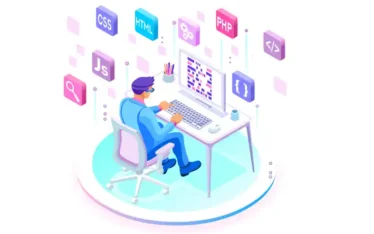We talked about the best time to launch an app and how to name your app, now it’s probably best to know how to ruin an app launch. For an app to fail, there are hundreds of reasons, but a few of them tend to repeat.
1) Hurry up the release
An app, like any other product, is an investment of time, talent and effort. Releasing an incomplete and flawed app as soon as it’s ready will badly affect long-term results. It’s often better to release a flawless and complete app a little bit later. If you have a deadline, try and calculate if the perfect timing will outweigh the risk associated with a rushed release.
2) Ignore the competition
Some business advices suggest that entrepreneurs should ignore their direct competition because studying your competition breaks creativity leading to an emulation of their work. This may be a valid approach for some businesses, but the barrier to enter the mobile market is set so low that it’s been filled with low-cost apps for almost every niche. If you want a unique app, you shouldn’t ignore the competition, instead studying it and distinguishing your product from theirs.
3) Rely on early adopters for testing and debugging
New apps early adopters are usually very demanding and very critical on new releases. If you count on them to find bugs, critique your interface or the efficiency of your design, you’ll definitely get a lot of valuable feedback. On the other hand, this feedback will take the form of some very sketchy reviews of the app made public, which more likely will tell prospective users to stay away from your new app.
4) Request only developer feedback and input
Developers and ordinary users view the same exact experience very differently. An app designer will look at the app in a very analytically way, while on the other side, normal users hope for technology that is so seamless that the content itself will take the spotlight and the app itself is barely noticeable. Developers could “fill” the app with some unnecessary features that will add more complexity instead of utility. Simple apps are often very successful apps, so many mobile apps could be improved by removing unnecessary features and increasing simplicity, thus increasing the chance of adoption by the non-technical users.





